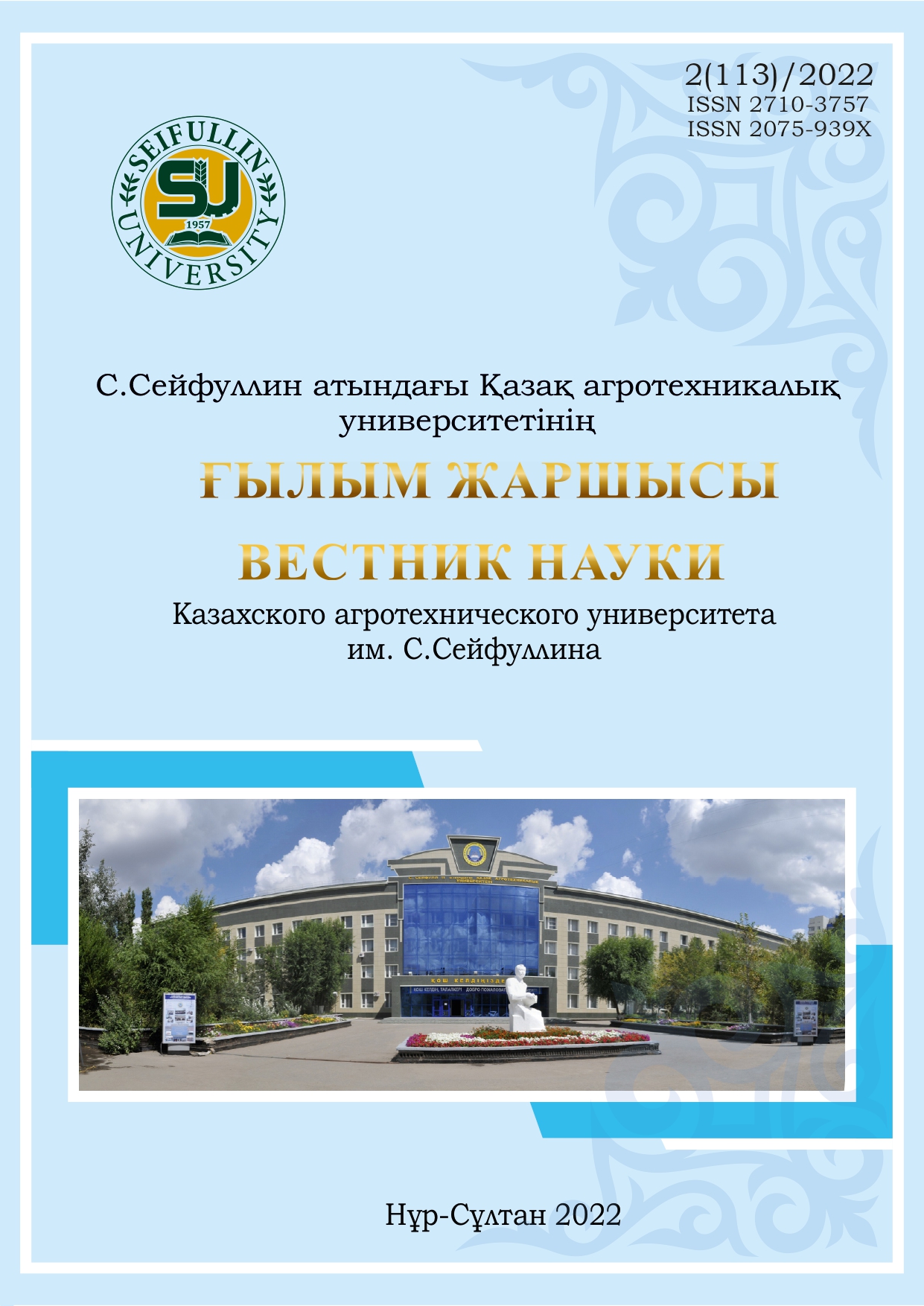ACHIEVEMENT OF COTTON BREEDING IN KAZAKHSTAN AN-NOTATION
DOI:
https://doi.org/10.51452/kazatu.2022.2(113).1010Keywords:
Breeding; cotton; variety; wilt resistance; gummosis; salt tolerance; selection.Abstract
The development of principles for the management of heredity and variability, the conservation and rational use of the gene pool of agricultural plants, in particular, varieties of intensive cotton, is one of the main tasks of scientists working in the field of genetics and selection of this crop. In the process of solving them, the hybridization of varieties and lines obtained by different methods, as well as the method of selecting parental pairs, are widely used. Cotton is a facultative self-pollinating plant, and its biological responsiveness depends on the genetic structure of the population, population homeostasis, as well as natural and artificial selection in specific growing conditions. It is shown that intra-varietal crossing of cotton is one of the powerful factors in improving the vitality of plants, contributing to intensive growth and development, increasing heterosis capacity in the first and, to some extent, in subsequent generations. The wilt resistance of foreign varieties, varieties, numbers of cotton G. Hirsutum L. and G. Barbadense L. has been determined. For the first time, early ripening, wilt-resistant, highly productive lines and varieties of cotton have been created, which have a growing season of 115-120 days, a raw cotton weight of one box of 6.2-6.6 g, a fiber yield of 38.5-40.8%, a yield of 40 ,0-45.0 c/ha and fiber quality IV-V type, which are unique materials in genetic breeding work. Donor cultivars have been identified as carriers of valuable additive effects of genes both in terms of individual parameters, which is of great genetic and breeding importance. The genetic differences of the studied varieties are shown and the presence of genotypes resistant to extreme environmental conditions is revealed. The created lines and varieties of cotton in the future will serve as the starting material for further genetic and breeding work.

